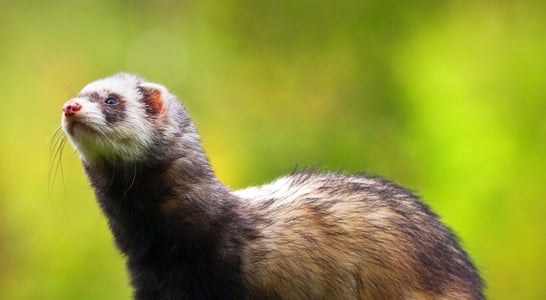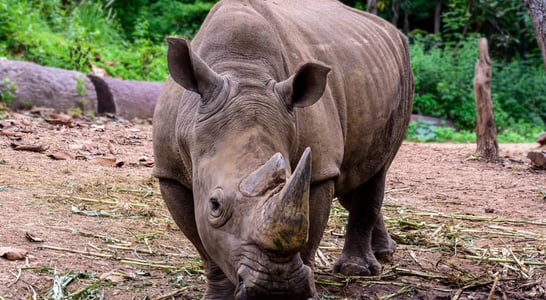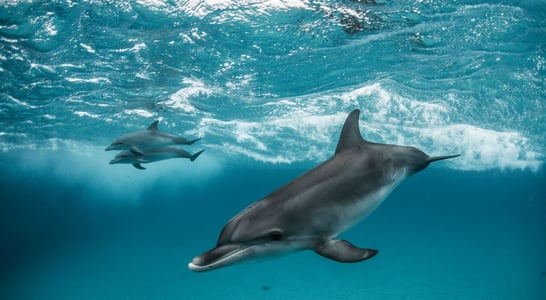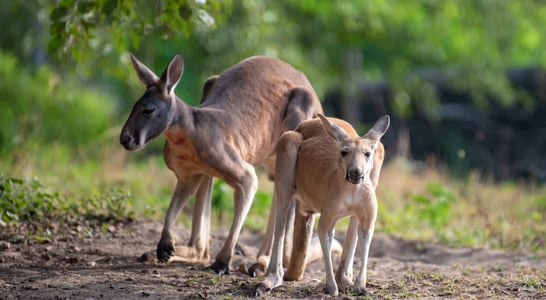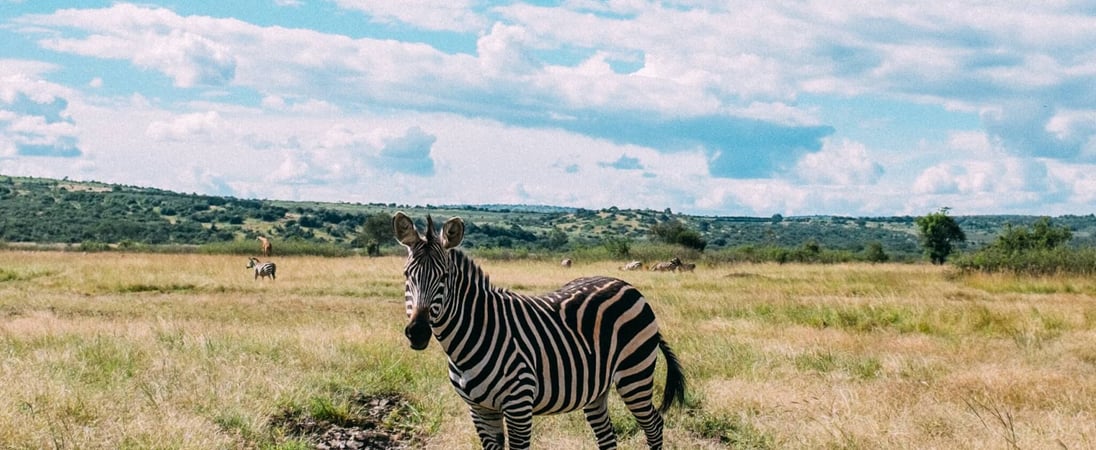
National Wildlife Week
Nature's tapestry, harmonious ecosystems, where diverse creatures coexist, weaving a story of survival and interconnected existence.
National Wildlife Week is a wildly wonderful time to turn our attention to the wonders of animals worldwide. This annual event is rich in history and tradition, inviting us to celebrate and protect the glorious wildlife that shares the planet with us. It’s certainly a week for raising awareness and appreciating nature’s beauty. Moreover, it is a chance to spread awareness about taking action to ensure the survival and thriving of wildlife for future generations.
History of National Wildlife Week
The story of National Wildlife Week goes back to 1936, when a wildlife conservationist and professional cartoonist named Jay “Ding” Darling, established the National Wildlife Federation (NWF). He formed the NWF in response to his growing concerns about conserving wildlife. Darling was persistent and, in fact, he even met with President Franklin Roosevelt in 1936 at a conference that made way for what we now know as National Wildlife Week.
The first celebration was in 1938. It was originally called National Wildlife Restoration Week. Regardless of the name changes, it became the NWF’s longest-running educational program, bringing the plight and beauty of wildlife to the front and center of public awareness. Since 1938, National Wildlife Week has seen various themes and activities. But one thing they had in common — each aimed to educate the public and create a deepening connection between humans and the natural world.
The week has evolved significantly since its inception. The week’s name was eventually shortened to National Wildlife Week, making it more memorable and encompassing other activities besides restoring wildlife. For example, NWF now runs appreciation campaigns and educational initiatives that span the entire year, not just a single week.
How to Celebrate National Wildlife Week
Celebrating National Wildlife Week can take many forms, from educational activities to personal commitments to wildlife conservation. Here are some suggestions:
Educate Yourself and Others About Wildlife Conservation
Visit the National Wildlife Federation’s website to learn how you can play a role in conserving wildlife. Knowledge is power, and understanding the challenges faced by wildlife is the first step in making a meaningful difference to at-risk animals.
Spread Awareness on Social Media
Use the power of your social media platforms to share key information about National Wildlife Week. Hashtags, photos, and videos can be powerful tools to get out the word about NWF’s efforts and to encourage others to participate. Use the hashtag #NationalWildlifeWeek for maximum shares and engagement.
Make an Action Plan for Helping Preserve Nature
Commit to actions that benefit wildlife throughout the year. This could be anything from volunteering for local animal conservation projects to making your backyard friendlier to birds by offering feeders and watering spots.
Participate in Local National Wildlife Week Events
Many communities host fun and educational events during National Wildlife Week. These can range from educational workshops to nature walks and litter clean-up efforts.
Support Wildlife-Friendly Policies
Engage with local and national representatives to support legislation protecting wildlife and their habitats. As a constituent, your letters and phone calls can make a real difference to lawmakers.
Create a Wildlife-Friendly Garden
Plant native species that provide food and shelter for local wildlife. Even a small balcony garden can make a difference. Grow flowers that attract pollinators such as butterflies and bees – you’ll contribute to a more resilient local ecosystem.
Donate to Conservation Organizations
Financially supporting local or national animal conservation efforts can help their activists continue their vital work protecting wildlife. Every dollar you give during National Wildlife Week makes a difference and adds up in the long run!
Learn and Share Fascinating Wildlife Facts
Sharing interesting and fun facts about wildlife can create enthusiasm and curiosity in others, especially children. If you are — or hope to become — a content creator, you probably have a perfect balance of technical skills and creativity to pull off such an effort.
Adopt Sustainable Practices
Reduce, reuse, and recycle to minimize your environmental and wildlife impact. Climate change also impacts the creatures we share the Earth with, large and small.
Connect with Nature
Spend time outdoors. Observing and appreciating the wildlife in your community is good for you — you get fresh air, exercise, and watch these incredible animals in their habitats. This connection can be a powerful motivator for conservation efforts.
Also on ...
View all holidaysReading Is Funny Day
By reading books of riddles, jokes, and comedy, help kids see how reading can be just as fun and funny (if not moreso) as video games, tv, or the internet.
National Ferret Day
Spend time with your pet ferret, support a ferret rescue or adoption center, or learn about these fascinating mustelids on National Ferret Day.
Independent Artist Day™
Unleashing creativity, free spirits weave vibrant tales, shaping worlds, crafting beauty that resonates beyond the confines of creation.
National Pajama Day
Embracing comfort all day, an effortless shift from formal wear to cozy pajamas adds a delightful twist to routines.
We think you may also like...
International Animal Rights Day
Protecting the rights of animals to live free from harm, cruelty, and neglect can help create a more compassionate and just world for all.
World Dolphin Day
Promoting dolphin welfare, fostering understanding, and championing their cause for a thriving marine environment and coexistence.
World Kangaroo Day
Supporting marsupials in their natural habitat contributes to biodiversity, conservation efforts, and preserving Australia's unique wildlife.

